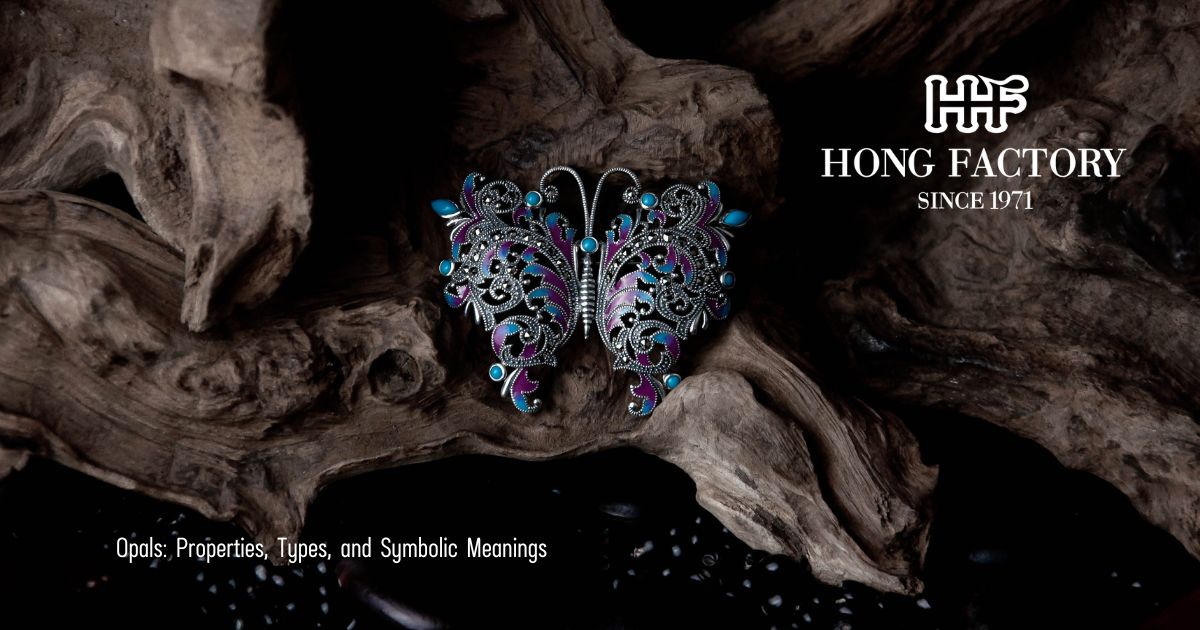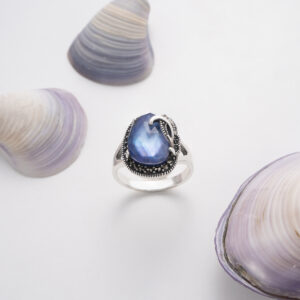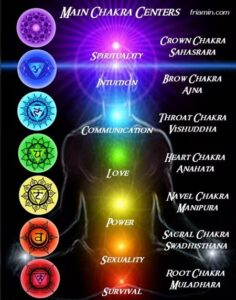Opals are among the most enchanting gemstones in the world, revered for their play-of-color and iridescent beauty. Unlike any other stone, opals display a shifting spectrum of colors that seem to dance across their surface. This phenomenon, known as “play-of-color,” has made opals a symbol of inspiration, creativity, and mystery throughout history.
This guide explores the physical properties of opals, the different types available, and the symbolic meanings attached to them across cultures and spiritual traditions.
Opals: Properties, Types, and Symbolic Meanings
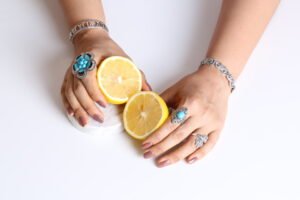
What Is an Opal?
Opal is a hydrated amorphous form of silica (SiO₂·nH₂O). Its structure consists of microscopic silica spheres arranged in a grid-like pattern. When light passes through these spheres, it diffracts, creating the mesmerizing flashes of color that opals are famous for. These colors can include every hue of the rainbow.
Physical Properties:
- Hardness: 5.5 to 6.5 on the Mohs scale
- Luster: Subvitreous to waxy
- Transparency: Opaque to transparent
- Structure: Amorphous (non-crystalline)
- Water Content: Typically 3% to 21% by weight
Opals are relatively soft and fragile compared to other gemstones. Because they contain water, they are sensitive to dehydration, sudden temperature changes, and physical impact. These qualities require careful handling and thoughtful settings in jewelry to preserve their unique beauty.
Types of Opals
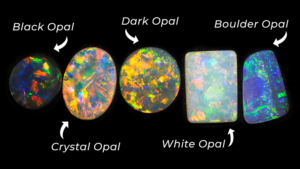
1. Precious Opal
Precious opals are known for their captivating play-of-color. This category includes several subtypes:
- Black Opal: Displays vivid flashes of color against a dark background
- White or Light Opal: Bright body with subtle, pastel-colored fire
- Crystal Opal: Transparent or semi-transparent with internal flashes
- Fire Opal: Warm-toned body (orange, red, or yellow), with or without play-of-color
2. Common Opal
Common opal, also called potch, lacks the distinctive play-of-color of precious opal. However, it is still prized for its beautiful pastel colors and affordability. Found in pink, green, blue, white, and beige shades, common opal is often used in beadwork and decorative carvings.
3. Black Opal
Black opal is the rarest and most valuable form of opal. Its dark body tone (blue, black, or dark gray) enhances the intensity of its color flashes. Found primarily in Lightning Ridge, Australia, black opal is a collector’s favorite and often set in high-end jewelry.
4. White or Light Opal
White opal is one of the most abundant types and features a pale body color. Its soft and elegant play-of-color is appreciated for its subtlety and charm. Mined mostly in Coober Pedy, Australia, white opals are a common entry point for opal enthusiasts.
5. Fire Opal
Unlike other opals, fire opals are known for their brilliant body colors—ranging from yellow and orange to deep red—rather than play-of-color. Most fire opals are mined in Mexico, and while some may show color flashes, their primary appeal lies in their fiery glow.
6. Boulder Opal
Boulder opals form within cracks of ironstone boulders. Part of the host rock remains attached, creating a dramatic contrast with the vibrant opal veins. These opals are sturdy, vivid, and uniquely patterned. They are found primarily in Queensland, Australia.
7. Ethiopian Opal
Ethiopian opals have gained popularity for their bright colors and affordability. Many are hydrophane, meaning they can absorb water and temporarily change appearance. This trait requires special storage to prevent damage.
Symbolic and Metaphysical Meanings
Opals are celebrated not only for their beauty but also for their energetic and spiritual properties. Many cultures have used opals in rituals and as talismans for centuries.
1. Creativity and Inspiration
Opals are thought to unlock the imagination, making them favorites among artists, musicians, and writers. Their shifting colors are said to:
- Enhance intuition and visionary thinking
- Stimulate originality and unique expression
- Inspire new ideas and artistic breakthroughs
2. Emotional Amplification
Opals are known to reflect and amplify the wearer’s emotions. This dual nature means that while they can heighten joy, they may also bring buried emotions to the surface for healing. They are used to:
- Deepen self-awareness
- Promote emotional release and healing
- Support transitions and transformations
3. Love and Passion
Historically, opals have been linked to matters of the heart. Their romantic aura and beauty align them with:
- Love and sensuality
- Attracting soul connections
- Rekindling passion and intimacy
In ancient Rome, opals symbolized hope and purity, while the Greeks believed they bestowed foresight and prophecy.
4. Protection and Luck
In the Middle Ages, opals were considered a symbol of good luck and even had the nickname “eye stone” for their protective qualities. Some believed opals could:
- Ward off the evil eye
- Strengthen eyesight and intuition
- Serve as amulets for travelers and healers
Despite a temporary reputation for misfortune during the Victorian era, modern interpretations restore opals’ status as powerful protectors and luck-bringers—especially for those born in October.
5. Spiritual Awakening
Opals are also considered conduits for spiritual development. They aid in:
- Heightening psychic perception
- Supporting meditation and dreamwork
- Facilitating spiritual communication and guidance
Opals encourage introspection and help attune to higher wisdom, making them ideal for mystics and seekers.
Chakra Associations
Opals interact with different energy centers depending on their color:
- Crown Chakra (Sahasrara): White, violet, or clear opals aid in spiritual connection and enlightenment
- Third Eye Chakra (Ajna): Blue and purple opals enhance insight and intuition
- Heart Chakra (Anahata): Green and pink opals promote love, forgiveness, and emotional healing
- Sacral Chakra (Svadhisthana): Orange fire opals boost sensuality, passion, and creative energy
How to Use and Care for Opals
Use:
- Jewelry: Opals can be worn as rings, earrings, necklaces, or brooches. Rings and bracelets require extra care due to the stone’s softness.
- Meditation: Hold an opal or place it on a chakra point to enhance energy alignment and spiritual depth.
- Decor: Place opals in workspaces or sacred areas to encourage creative flow and calming energy.
- Elixirs: While some practitioners infuse water with gemstone energy, opals should never be placed directly in water for this purpose due to their fragility.
Care Tips:
- Avoid Heat and Dry Air: Store opals away from heat sources and sealed environments to prevent dehydration.
- Avoid Water Immersion: Especially for hydrophane opals, prolonged water exposure can cause temporary clouding or long-term damage.
- Clean Gently: Use a soft, damp cloth. Avoid commercial jewelry cleaners or ultrasonic cleaners.
- Store Carefully: Keep opals in padded containers away from harder gems to prevent scratches.
For hydrophane opals, storing them in a slightly humid environment—such as with a damp cotton ball nearby—can help maintain moisture balance.
Opals in Modern Jewelry and Design
Designers appreciate opals for their unique coloration and organic patterns. Opals are now featured in:
- Bridal Jewelry: Especially for alternative engagement rings
- Bohemian and Artistic Styles: Often paired with moonstone, labradorite, or silver
- Statement Pieces: As bold centerpieces in rings and pendants
- High Fashion: Used by luxury brands to symbolize individuality and elegance
Because each opal is unique, it lends itself well to custom and one-of-a-kind designs.
Opals are stones of wonder, embodying beauty, depth, and cosmic energy. With their ethereal colors and rich symbolism, they serve as powerful allies in self-expression, emotional healing, and spiritual growth. Whether worn as jewelry or used in meditation, opals inspire us to embrace our true colors and shine with authenticity.
By honoring opals with proper care and conscious use, we can tap into their mystical energy and let their radiant light guide us on our journey toward clarity, creativity, and connection.
